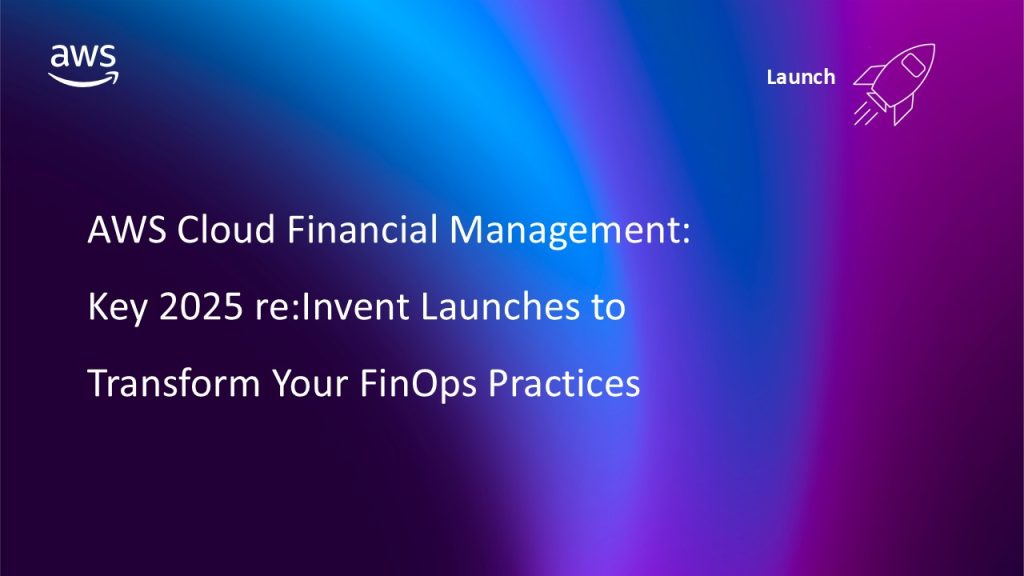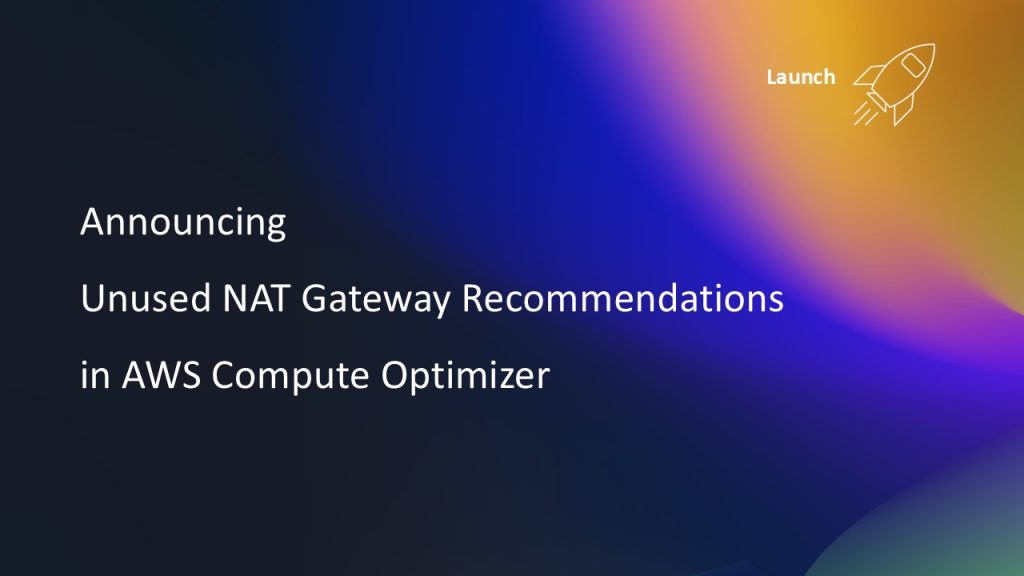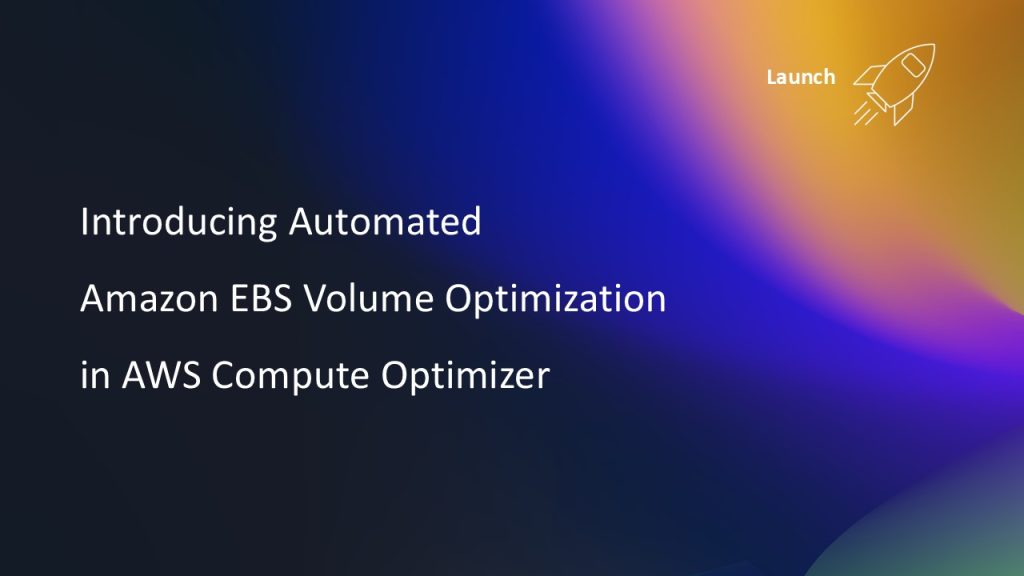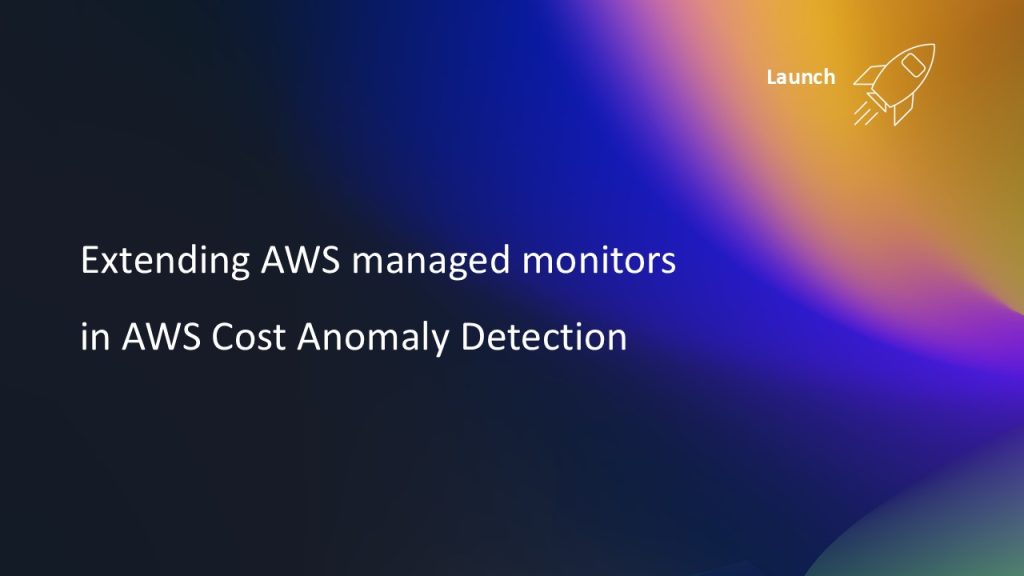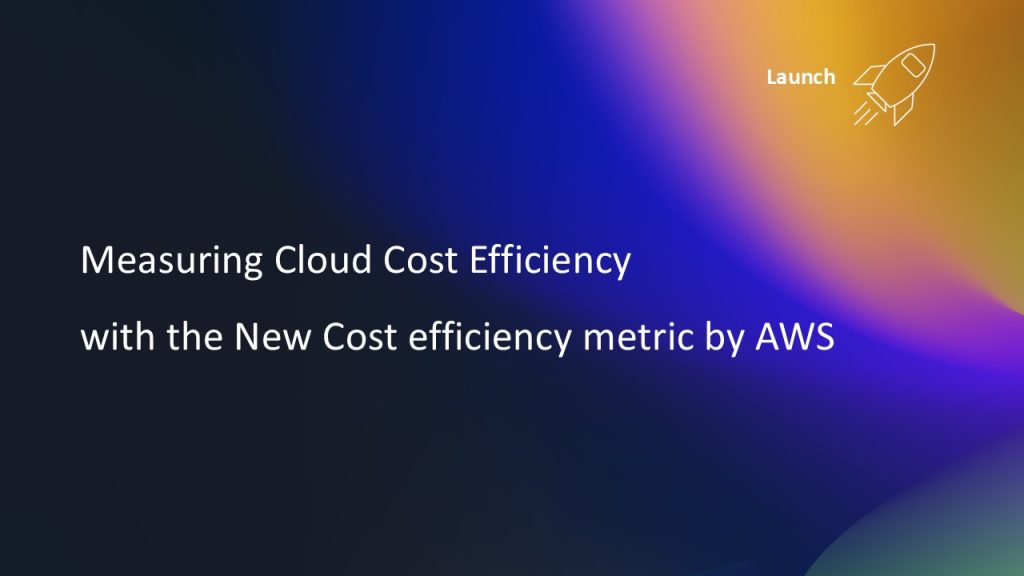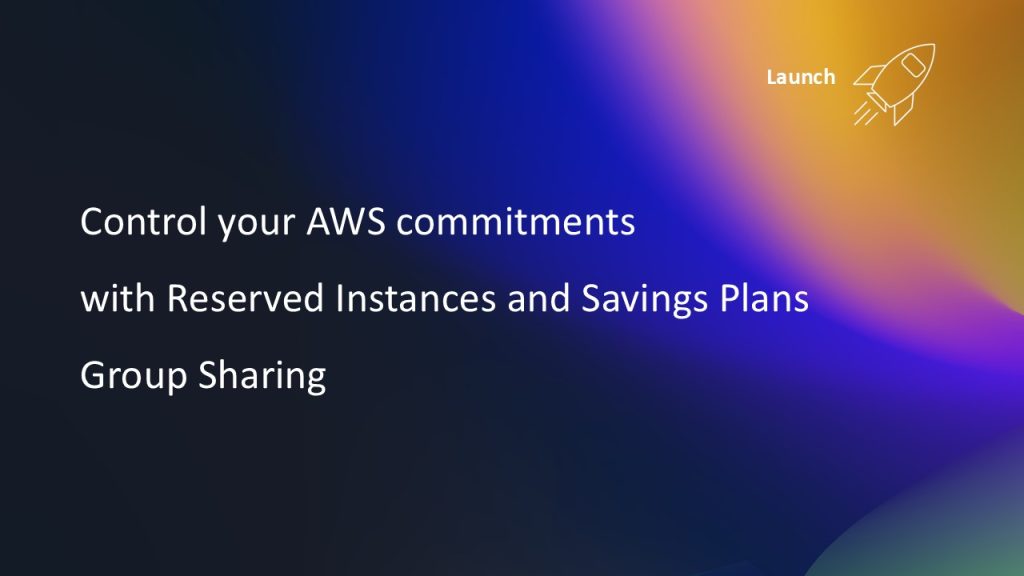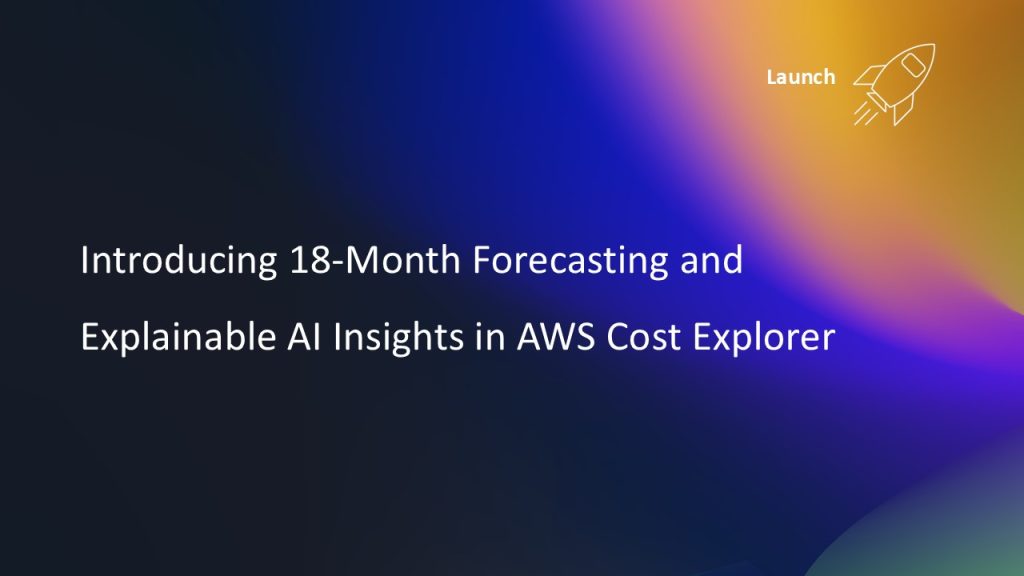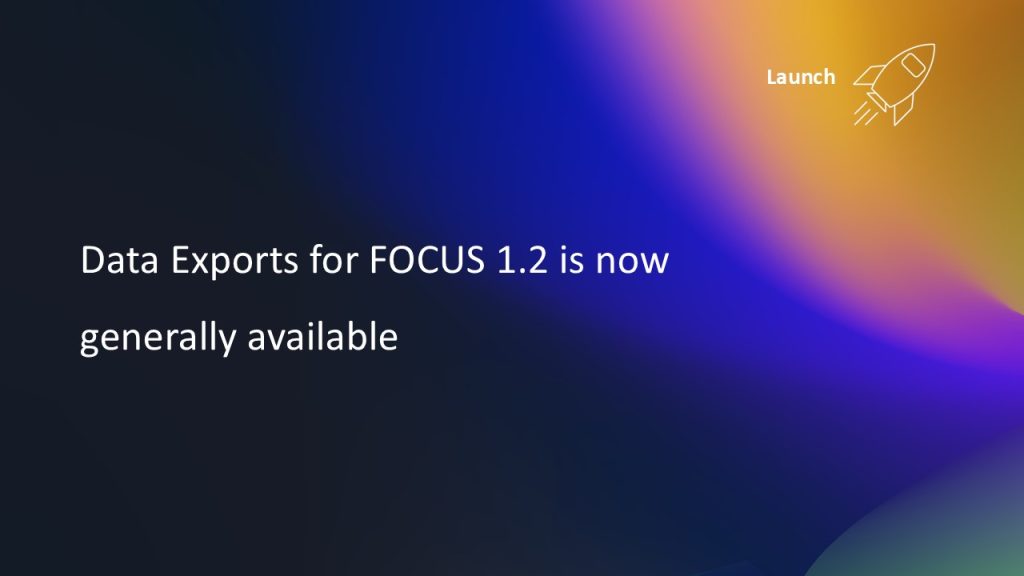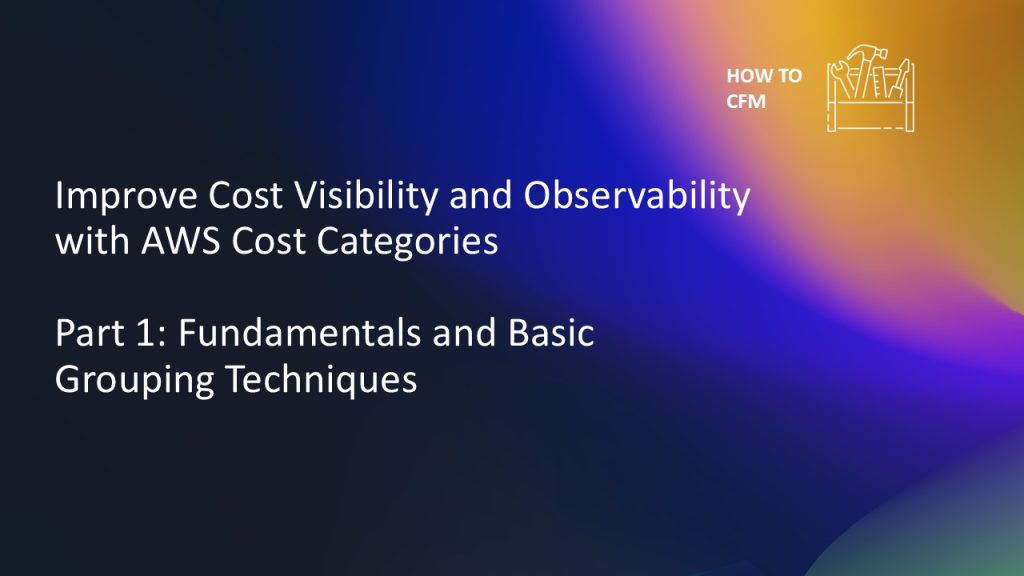AWS Cloud Financial Management
Category: AWS Cloud Financial Management
AWS Cloud Financial Management: Key 2025 re:Invent Launches to Transform Your FinOps Practices
Another year has flown by. As we wrap up another exciting AWS re:Invent, I’m excited to share the latest enhancements in AWS Cloud Financial Management (CFM) space. This year’s announcements reflect our commitment to providing comprehensive solutions across the four CFM pillars: track and allocate, govern and operate, forecast and plan, and optimize and save. We’ve also made significant improvements in AI for CFM, which impacts all four CFM pillars.
Announcing Unused NAT Gateway Recommendations in AWS Compute Optimizer
Network infrastructure resources like NAT Gateways represent a substantial portion of cloud spending, yet optimizing these costs presents unique challenges. Unlike compute resources, NAT Gateways often play critical roles in high availability and disaster recovery architectures, making it difficult to confidently identify which ones are truly unused versus those serving as disaster recovery or backup components. Starting today, AWS Compute Optimizer expands its idle resource detection capabilities to include NAT Gateways. Building on our recent launch of idle recommendations for compute, storage, and database resources, you can now identify and clean up unused NAT Gateway resources to drive additional cost savings while maintaining application reliability.
Introducing Automated Amazon EBS Volume Optimization in AWS Compute Optimizer
Starting today, AWS Compute Optimizer introduces a new automation feature that streamlines how you optimize Amazon Elastic Block Store (EBS) volumes. Instead of dedicating valuable engineering hours to optimization tasks, you can now create automation rules that continuously clean up unattached volumes and upgrade volume types based on Compute Optimizer’s data-driven recommendations, freeing your teams […]
Extending AWS managed monitors in AWS Cost Anomaly Detection
Today, we’re excited to announce the extension of AWS managed monitors in AWS Cost Anomaly Detection to support linked accounts, cost allocation tags, and cost categories. Previously available only for AWS services, AWS managed monitors now enable you to track costs across all your organizational dimensions with minimal ongoing maintenance. As organizations scale from tens to hundreds of accounts and teams, you can create a single AWS managed monitor that automatically adapts as your organization grows, eliminating the need to maintain hundreds of individual customer managed monitors. After initial setup, this feature transforms cost monitoring from a time-consuming operational task into an automated process that ensures comprehensive anomaly detection coverage while enabling clear segmentation of spending alerts by cost ownership.
Measuring Cloud Cost Efficiency with the New Cost efficiency metric by AWS
As organizations continue to scale their cloud infrastructure, many organizations struggle to answer fundamental questions: How efficient are we being with our cloud spend? Which business units are most cost efficient? How do we demonstrate ROI on optimization efforts to leadership? Today, we’re excited to introduce Cost efficiency in Cost Optimization Hub—a comprehensive, automatically generated measure of cloud spend efficiency that helps you track optimization progress over time and drive meaningful cost savings across your organization.
Introducing E-Invoice delivery for AWS customers using SAP Ariba and Coupa
Today, we’re announcing the general availability of AWS E-Invoice delivery, a new capability that enables you to integrate your Ariba and Coupa procurement portals with AWS. AWS E-Invoice delivery retrieves purchase orders (PO) from your Ariba and Coupa portals and delivers invoices associated with your desired POs. This new feature eliminates two manual tasks: creating POs in the AWS Billing and Cost Management console and uploading invoices to your procurement portals.
Control Your AWS Commitments with Reserved Instances and Savings Plans Group Sharing
Your Reserved Instances and Savings Plans are designed to give you the most optimal discount rates by prioritizing the benefits to accounts in the organizations. However, you might have faced a challenge when you’re managing AWS costs across multiple business units: your Reserved Instances and Savings Plans don’t always benefit the teams that purchased them. As a result, it requires manual chargeback work to track ROI, maintain internal accountability, and align spending with your business structure. Today, we’re excited to announce the general availability of Reserved Instances and Savings Plans (RISP) Group Sharing – a new feature that gives customers an option to have granular control over how your AWS commitments are shared across your organization.
Introducing 18-Month Forecasting and Explainable AI Insights in AWS Cost Explorer
We’re excited to announce enhanced forecasting capabilities in AWS Cost Explorer, now providing up to 18 months of future cost projections with improved accuracy and AI-powered explanations (preview). This extended forecast horizon addresses the need for long-term financial planning that aligns with enterprise fiscal cycles, while providing transparency into the drivers behind your cost forecasts.
Data Exports for FOCUS 1.2 is now generally available
Today AWS announced Cost and Usage data exports in FOCUS 1.2 specification. You can now create exports of your AWS Cost and Usage data in the FOCUS 1.2 schema. FOCUS (FinOps Open Cost and Usage Specification), supported by the FinOps Foundation, is an open specification that standardizes Cost and Usage data to simplify cloud financial […]
Improve Cost Visibility and Observability with AWS Cost Categories – Part 1: Fundamentals and Basic Grouping Techniques
The ability to group and analyze costs across resources and accounts is crucial for gaining visibility, identifying optimization opportunities, and making data-driven decisions. Organizations aim to accurately allocate and track cloud costs across different business units, projects, and environments to improve budgeting, enable effective chargeback processes, and make informed optimization decisions. With AWS Cost Categories, a free feature, you can create rules to flexibly group and visualize cost using various dimensions such as account, charge type, service and even other Cost Categories.
In this first part of our two-part series, we will explore the fundamentals of AWS Cost Categories and demonstrate how they can transform your cost management approach.
